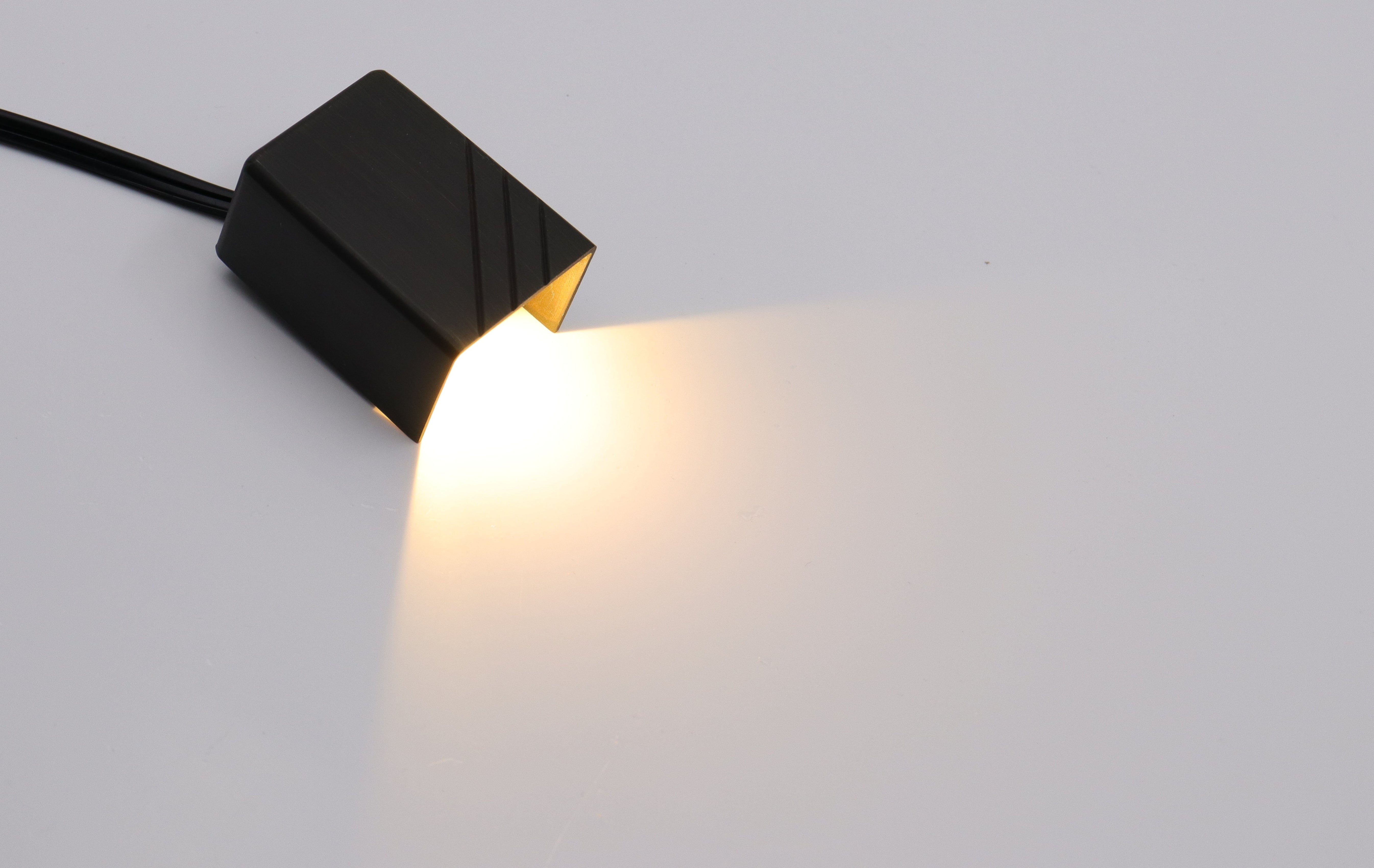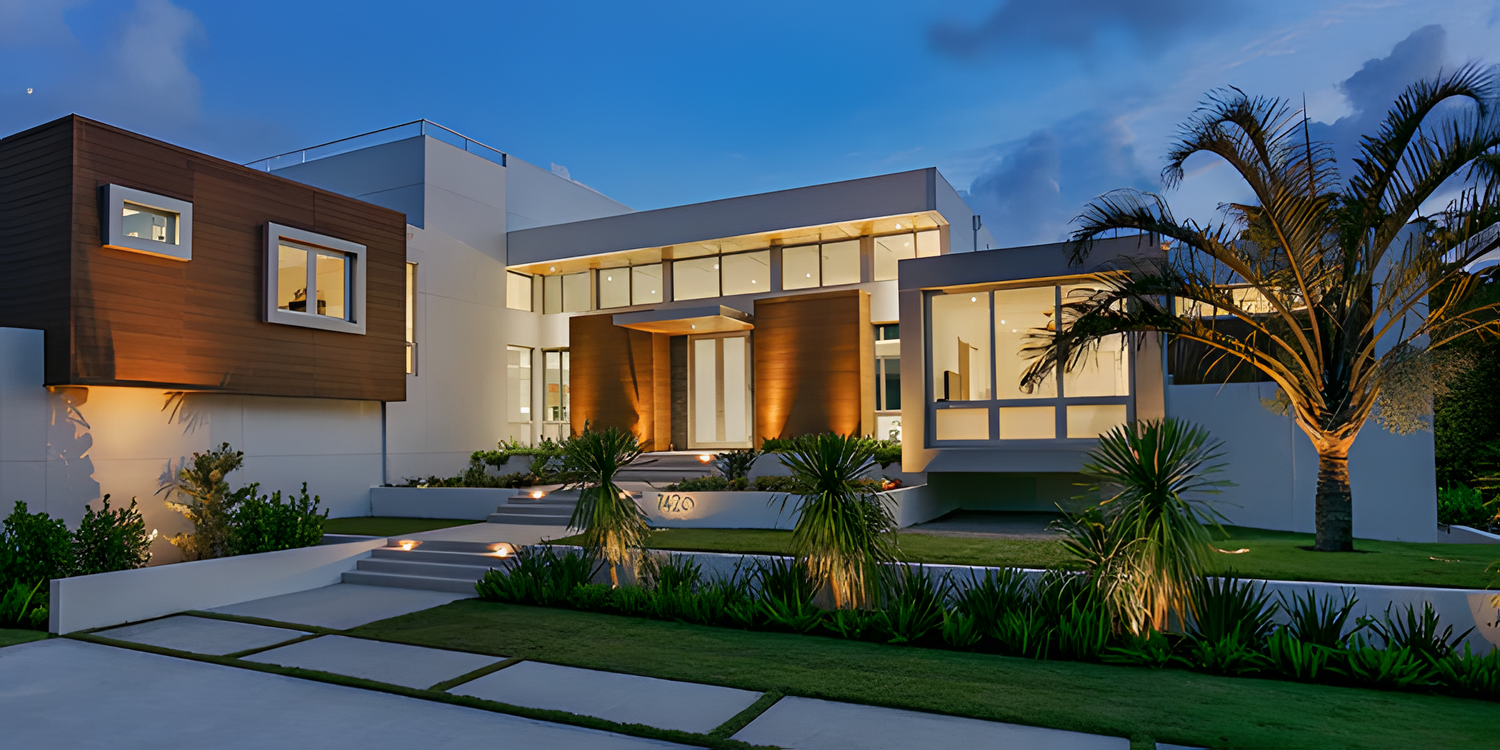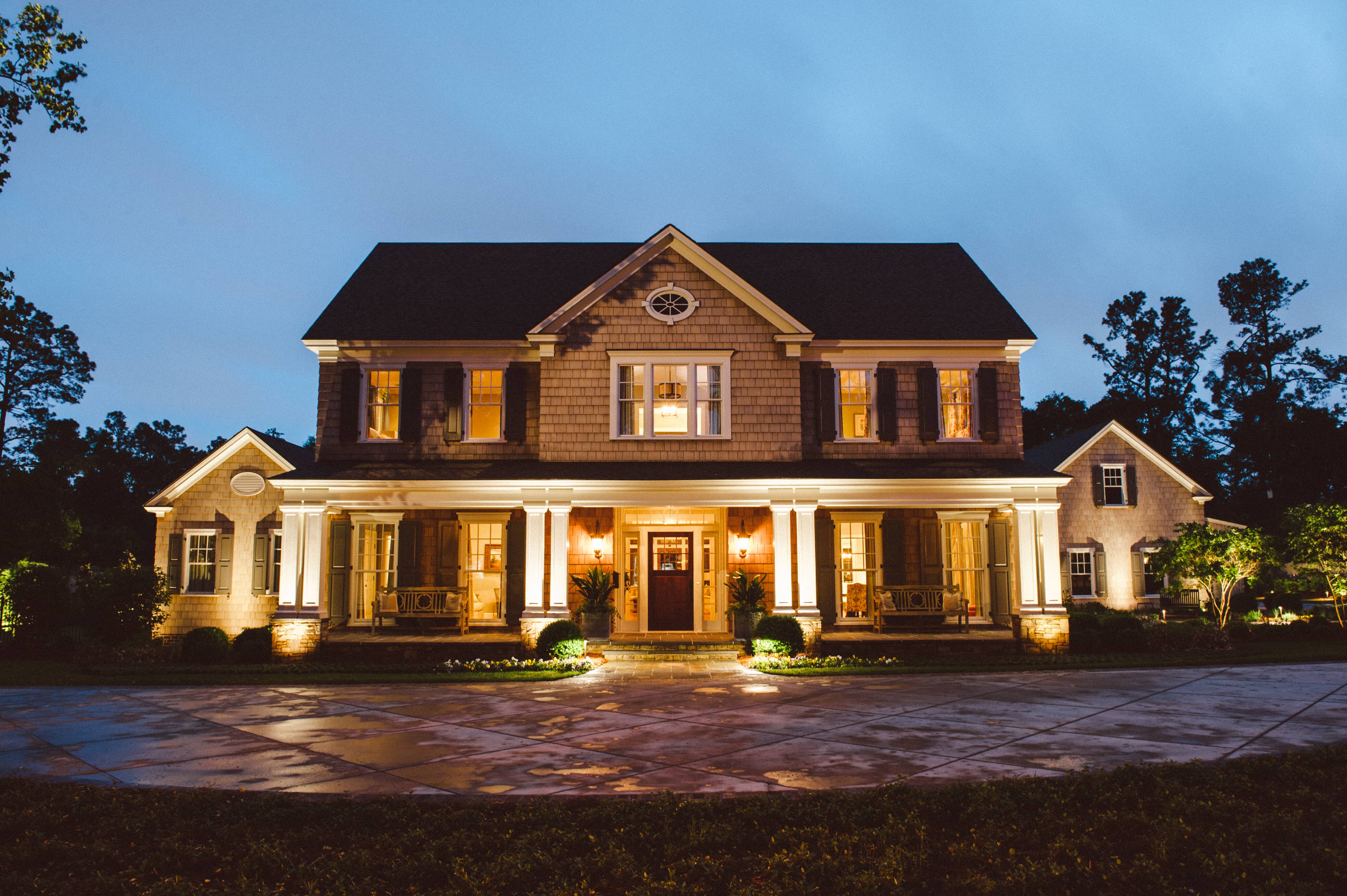When planning your outdoor lighting design, few decisions impact your garden’s appearance more than the color temperature of your landscape lighting. Whether you’re highlighting a stone walkway, illuminating a tree canopy, or creating an inviting atmosphere around your patio, understanding the difference between warm and cool light can help you achieve the perfect visual balance.
This guide will help homeowners, lighting designers, and landscaping enthusiasts understand how light color temperature affects outdoor environments — supported by practical data, expert advice, and real-world design principles.
1. Understanding Color Temperature in Outdoor Lighting
Color temperature is measured in Kelvin (K), and it determines how “warm” or “cool” the light appears to the human eye. Lower Kelvin values produce a yellowish, cozy glow, while higher Kelvin values give off a bluish-white, daylight-like brightness.
| Light Type | Color Temperature (Kelvin) | Visual Effect | Common Outdoor Use |
|---|---|---|---|
| Warm White | 2700K – 3000K | Soft, inviting glow | Patios, garden beds, architectural accents |
| Neutral White | 3500K – 4000K | Balanced, natural tone | Pathways, lawns, mixed-use areas |
| Cool White / Daylight | 4500K – 6500K | Crisp, bright, modern | Security lighting, large landscape features, water features |
According to the Illuminating Engineering Society (IES), most residential outdoor lighting applications fall between 2700K and 4000K, as this range offers both aesthetic appeal and functional illumination.
2. The Psychological Impact of Warm vs. Cool Light
Lighting influences how people feel in an environment. Studies from the Journal of Environmental Psychology show that warm light (2700K–3000K) is perceived as comforting and relaxing, while cooler light (4000K–5000K) enhances alertness and visibility.
-
Warm Light (2700K–3000K):
Creates a cozy, welcoming mood — ideal for seating areas, garden lounges, and pathways near entrances. It mimics the warmth of sunset or candlelight, helping outdoor spaces feel intimate and comfortable. -
Cool Light (4000K–5000K):
Mimics natural daylight. It is perfect for highlighting plant textures, water features, or sculptures, making your garden appear crisp and detailed. However, excessive cool light can make spaces feel sterile or harsh if not balanced.
The right landscape lighting temperature should align with the purpose of the space — whether it’s relaxation, entertainment, or showcasing your garden’s architectural beauty.
3. How Color Temperature Shapes Garden Aesthetics
A. Enhancing Plant and Material Colors
Warm light accentuates reds, oranges, and yellows, making wooden decks, stone walls, and brick pathways glow with richness.
Cool light, on the other hand, enhances greens, blues, and whites, bringing out the vibrancy of foliage, marble, or metallic textures.
Example: A 3000K spotlight on a maple tree highlights the warm tones of its bark, while a 4500K light makes evergreen leaves appear crisp and vivid.
B. Creating Depth and Layering
Professional lighting designers often mix multiple color temperatures to create depth. For example:
- 2700K path lights near seating areas
- 3500K spot lights on trees
- 4000K underwater lights on water features
This subtle layering adds visual interest, prevents monotony, and makes the landscape come alive after dark.

4. Energy Efficiency and Performance Considerations
Modern low voltage landscape lighting systems commonly use LED spotlights, which allow precise color temperature selection and energy savings.
- Energy Savings: LED landscape spotlights use up to 80% less energy than traditional halogen bulbs, according to the U.S. Department of Energy (DOE).
- Lifespan: High-quality brass fixtures with LED bulbs can last over 50,000 hours, reducing maintenance and replacement costs.
- Color Stability: Unlike older bulbs, LEDs maintain consistent color temperature throughout their lifespan, ensuring your garden lighting stays uniform.
When paired with durable materials such as die-cast brass and weather-resistant sealing (e.g., IP65 or higher), these fixtures withstand harsh outdoor environments without fading or corrosion.
5. Common Mistakes When Choosing Light Color Temperature
Even experienced homeowners make missteps when selecting lighting temperatures. Here are the most frequent pitfalls:
-
Using only one color temperature throughout the property.
→ This can make your garden look flat. Instead, combine warm and cool tones for depth. -
Choosing light that’s too cool for residential spaces.
→ Anything above 5000K can feel harsh and clinical; 2700K–4000K is best for gardens. -
Ignoring the material color of surroundings.
→ Warm tones complement wood, bronze, or red brick; cooler tones suit concrete or silver metals. -
Not testing light before installation.
→ Always test different temperatures at night before finalizing placement.
Lighting experts recommend temporarily placing your landscape spotlights and testing them at various angles and temperatures before burying wires or mounting fixtures permanently.
6. Choosing the Right Landscape Spotlights
When selecting landscape spotlights for garden lighting, focus on the following criteria:
- Material: Solid brass or copper fixtures resist corrosion and age gracefully over time.
- Waterproof Rating: Look for IP65 or higher for durability in rain or irrigation environments.
- Beam Angle: Narrow beams (15–30°) highlight trees or sculptures; wider beams (45–60°) spread light across garden beds.
- Adjustability: Fixtures with rotatable heads allow precise aiming for optimal effect.
- Voltage: Use 12V low voltage systems for safety and energy efficiency.
Choosing spotlights that let you customize brightness and temperature ensures long-term flexibility as your landscape evolves.

7. Practical Design Tips for Homeowners
Here are actionable ways to apply color temperature concepts to your own outdoor lighting plan:
- Use 2700K–3000K lights for social areas like patios or outdoor dining spaces.
- Apply 3500K–4000K for functional areas, such as walkways or driveways, to ensure clarity and safety.
- Highlight architectural features like statues or walls with cooler tones (4000K–4500K) to create contrast.
- Avoid mixing drastically different temperatures in close proximity — keep transitions smooth and natural.
Lighting designers often say:
“Warm light invites you in, cool light shows you the way.”
Conclusion
Color temperature is the unsung hero of great landscape lighting design. Choosing between warm and cool light isn’t just about brightness — it’s about storytelling. The right combination of Kelvin values can turn a plain garden into a living work of art that invites, inspires, and impresses.
Whether you’re installing new low voltage landscape spotlights or upgrading your existing outdoor lighting system, take time to experiment with warmth and tone. The transformation might surprise you — your garden will not only be illuminated but also truly come alive.






Leave a comment
All comments are moderated before being published.
This site is protected by hCaptcha and the hCaptcha Privacy Policy and Terms of Service apply.